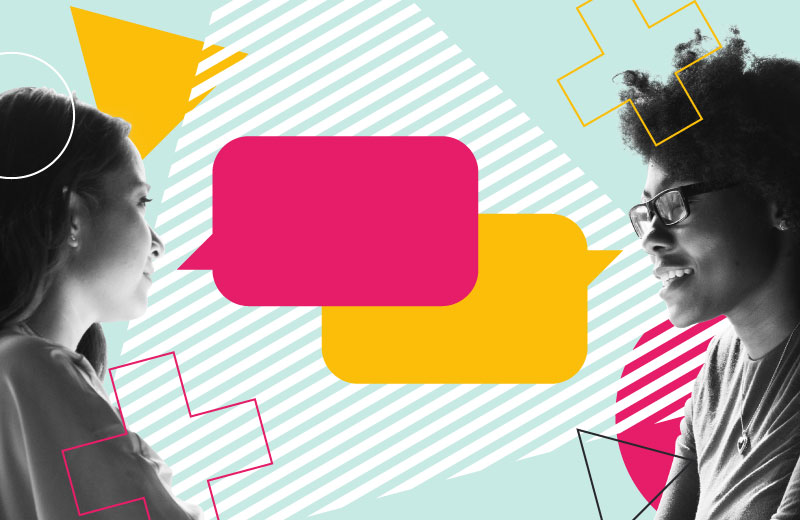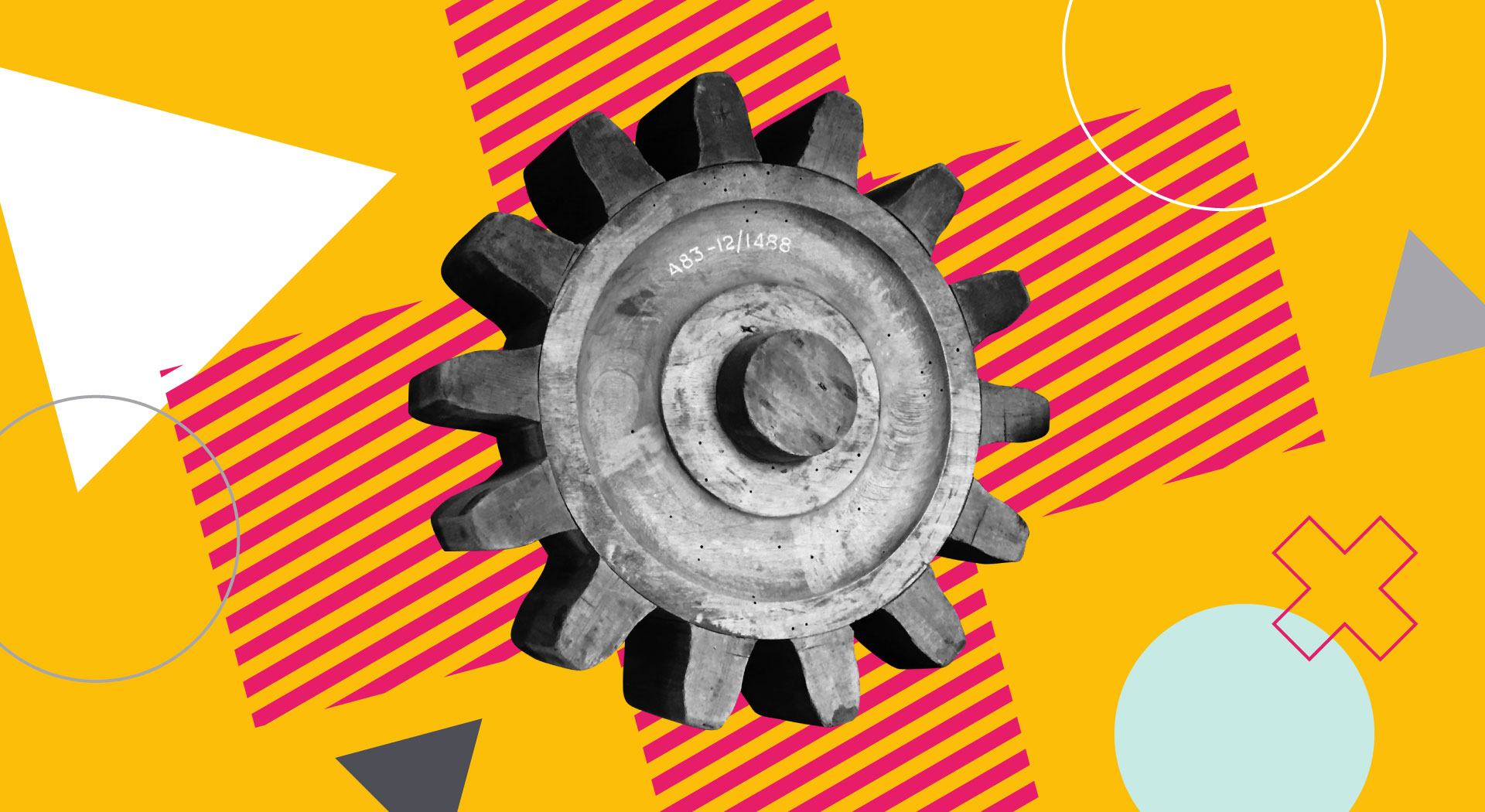

Brief and pricing
First we need to understand what you need and what you want to achieve. There's often some negotiation at this stage and in my experience, the project outcome isn't always what clients initially thought they needed.
For example, a client gets in touch with us asking for a new corporate brochure. Following discussion, it becomes clear that the client has different services that they offer different target markets so a corporate brochure with all their services in could be a waste if there's no chance of cross-promotion to the different markets. A more cost effective and less wasteful solution would be a corporate brochure with fewer pages, showing all the general information about the business but with a folder pocket at the back for inserts about the services. The inserts can be chosen for the target client. The pocket allows additional pieces to be added, for example case studies.
Once the outcome has been agreed, a quote for the work can be drawn up. Providing you're happy with the proposed fees and any initial payments are cleared, we can move on to starting the project.
Brand analysis
The first stage with any new client is getting to know them. To be able to create graphic design that represents you and speaks directly to your target audience, we need to understand exactly who you are, what you represent and how to speak to your audience.
This is done by scheduling a call or, in our post-Covid world of remote connectivity, usually a Teams or Zoom meeting. It usually takes up to an hour.
During the call, we ask a series of questions. These can be sent to you before the call so you have time to prepare. Some are really simple questions like "why do you do what you do?" to more abstract ones like "what would you say your values are?"
While it is possible to complete a questionnaire yourself and email us the answers, we find it really valuable to do it by talking with you. This gives us the opportunity to pick up on small details, intonation and your emotions which would otherwise be lost in written communications. In addition, it helps build a relationship between you and us which facilitates the rest of the project and beyond.

Research and initial designs
One of the questions we ask in the brand analysis is “who do you see as your competitors?”. The obvious first place to start is by looking at those competitors' branding. We then do our own searches to look at who else you are sharing the marketplace with, including other organisations who may not be offering exactly the same product or service as you, but would be competing for the same pot of money with your target buyers.
The findings are analysed to see if there are any trends. Are all your competitors are using similar colours? What typefaces are your competitors using? Is there a common theme with imagery? Do others in your industry structure their websites in a similar way? What are the reasons for these choices? Can we help you stand out by doing something different, or would it mean that your target audience won't understand what you do if we go too different?
If your budget allows us to work with a marketing colleague, we'll be working closely with them during this stage and drawing on their work to help build up a picture of where the design direction needs to go.
With careful consideration for what has come up in the brand analysis and research, initial ideas are drawn on paper to encourage the ideas to flow. The good, the bad and the ludicrous are sketched out. They all need to be out there to keep the flow going and prevent good ideas getting stuck. Sometimes the ones that look terrible initially actually turn out to be good after some reflection, or can be amalgamated with another to make a brilliant one.
Time away from the project is deliberately built into the schedule because sometimes ideas arrive at the weirdest times and we don't want to miss out on those. Genuinely, I have emailed myself at 10pm because I had an idea and I didn't want to forget it!
The best of these ideas are worked up on the Mac with the appropriate software. Then they are revised and fine-tuned. This bit can take a lot of time, as we want to make we're confident concepts fit the brief and are of sufficient quality to present to you.
Depending on what is being designed, we'll also create visuals to show how the designs look in situ. The finished concepts, and visuals if we're using them, will be assembled into a PDF file with a rationale for each idea. I have found that clients find the rationale particularly useful as it does sometimes sway their decisions when they understand why each element was chosen. For larger or more complex projects we'll present the concepts to you in a meeting, which helps bring the concepts alive for you and enables us collect initial feedback.

Feedback and amendments
At Studio Bifrost, we see the design process as collaborative with you, the client. Feedback and amendments are therefore an essential part of refining the design until it's just right. However, in my experience, the biggest cause of projects going over budget is with additional rounds of or large amounts of amendments. Often these changes can be avoided or delivered in a more concise, effective way, saving valuable time and your fee.
Check out my 10 top tips to give feedback with finesse post for the best way to pass on feedback to your design partner.
Approval
It's hard to maintain perspective to spot errors when working on a project, so make sure someone new has checked it before you approve the design. Spelling and grammatical errors can easily be missed so pay extra attention to these, particularly industry terminology, product names and other words that won't be picked up by spell checking software.
At Studio Bifrost, we run a spell check, search for double spaces and consistency as a value added service but ultimately, you are responsible making sure the content is right on the approved design.
When you are happy with how the design looks, the content is just right and you're satisfied it answers the brief, you can approve the design by sending an email letting us know. We've found written approvals are best all round as it's clear to all parties which iteration was approved and what that looks like.

Artwork
Not every design firm goes through a rigorous artworking process like we do at Studio Bifrost. We'd rather not risk that one time there's a mistake for any of our clients. We see the artworking process as an insurance strategy.
During the artwork process, we check it is correctly set up for printed or digital output (as appropriate), as well as ensuring the design works within any existing branding style. We also check the design for inconsistencies and do that value-added spell and text check as mentioned in the Approval section above.
Completion
The design process is now complete! The hi-res files can be sent to you to go on to your printer, or we'll send direct to our print partner if we're sourcing the print for you. If we've created a digital project, like a website, the relevant files will be passed on to our developer, or you if you're managing your own.

A partnership made in heaven?
Feeling inspired? We'd love to help! We are a team of collaborators that enjoy nothing more than partnering with ambitious clients. Get in touch if you'd like to talk through your next project or get some advice.



